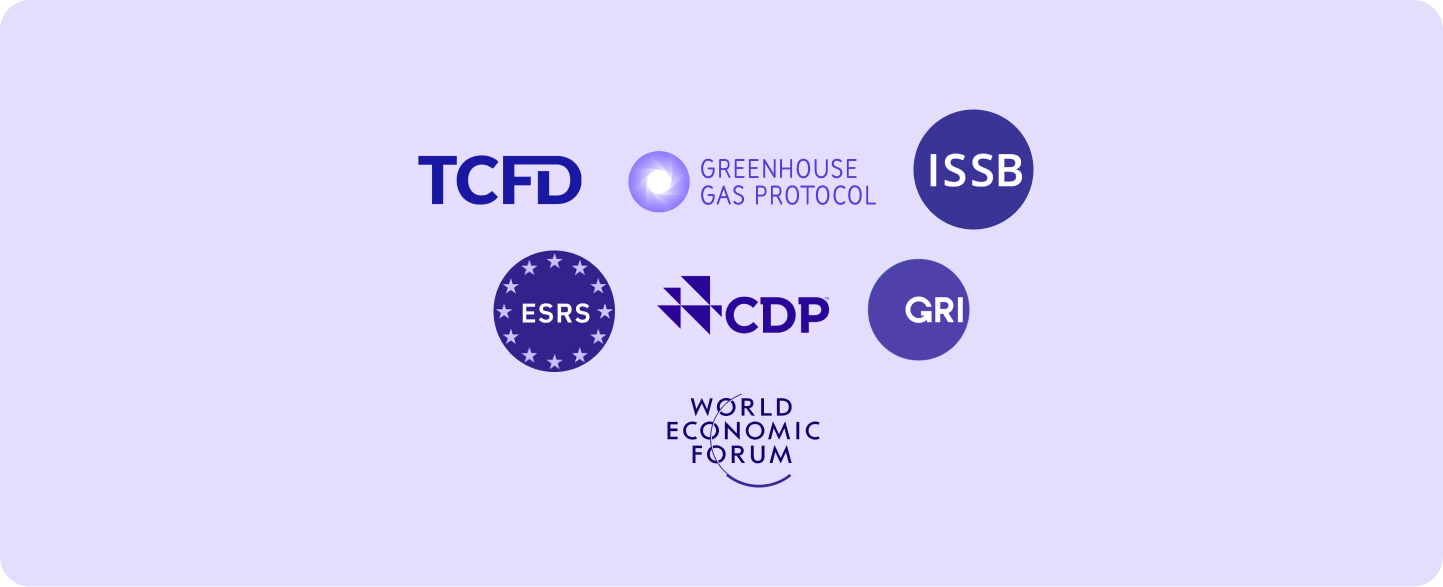A robust mitigation hierarchy is one of the most critical aspects of a company’s end-to-end decarbonisation journey. But what is a mitigation hierarchy and why should it matter to your company? This blog delves into the details of the concept, and how it can help your company build a credible and viable carbon mitigation strategy.
What is a Mitigation Hierarchy?
Used for more than a century in natural resource management, mitigation hierarchies entail a series of steps that aim to achieve optimal results for both humans and the environment.
In the case of business, a carbon mitigation hierarchy is a structured approach companies can follow to prioritise actions that minimise greenhouse gas emissions, focusing on avoidance, reduction, substitution, and offsetting. It provides a framework to choose the most suitable actions tailored to a company’s unique circumstances. Much like a healthy diet that balances macronutrients and calories according to individual needs, the mitigation hierarchy helps companies find the right balance of mitigation actions, ensuring an efficient and effective path towards their net zero goals.
Through the order they bring, mitigation hierarchies serve as critical roadmaps for guiding businesses in the UK and worldwide in their climate plans.
Essential Components of a Mitigation Hierarchy
Prevent
The first and most effective step for companies to reduce their carbon footprint is to prevent emissions from the outset. By prioritising a manufacturing strategy that favors products resulting in lower emissions when used by the end user, companies can make significant strides towards their emission reduction goals. For instance, companies in the automotive industry can accelerate progress towards their decarbonisation goals by shifting their focus to electric vehicles, while phasing out internal combustion engines. The UK-based automakers such as Lotus and Land Rover currently produce electric vehicles (EVs), their prominence is poised to surge due to the government's directive for car manufacturers to transition entirely from petrol and diesel to electric vehicles by 2035.
Reduce
This step involves enterprises reducing their absolute emissions footprint within their operations and in their extended supply chain. The focus should be on the most significant emissions sources, which vary depending on industry and geography. This requires identifying potential emission reduction opportunities on a scope-by-scope and item-by-item basis before developing a reduction strategy that aligns with set target timeframes. Energy efficiency measures, including decarbonising cooling or heating systems, switching to renewable energy sources or low-carbon electricity, and engaging supply chain stakeholders like suppliers and customers, is imperative to achieve this. This can also be achieved by companies focussing on optimising logistics and transportation to reduce travel-related emissions.
Substitute
The next step in the carbon mitigation hierarchy is to "substitute" emissions by replacing energy purchased with renewable energy or using on-site renewable energy sources. Companies can start by conducting an energy audit to understand their energy consumption patterns and identify opportunities for improvement. This can include switching to renewable energy sources, such as solar or wind power, for their electricity needs or investing in on-site renewable energy sources, such as solar panels or geothermal systems. In 2000, renewables only accounted for 2.8% of all The UK electricity, through the years this percentage has surged. In 2022, an all-time high of 40% came from renewables.
Neutralise or Remove
After reducing emissions within their own supply chain, companies must tackle their residual emissions. To achieve their reduction targets, they can "neutralise" these emissions by investing in their own value chain (insetting) or purchasing quality carbon removal credits.
There are broadly two types of carbon removals and a hybrid of the two with non-exhaustive examples:
- Technological removals such as geologic storage and direct air capture (DAC) with carbon capture storage (CCS) and long-term carbon capture utilisation storage (CCUS);
- Biological such as reforestation, afforestation, land restoration, soil carbon sequestration, improved land management and coastal carbon (e.g. mangroves); and
- Hybrid of technological and biological, such as carbon removal from bioenergy carbon capture and storage (BECCS).
In the UK, new greenhouse gas removal (GGR) technologies are being developed and backed by GBP 54 million in government funding. These GGR technologies will be imperative to the country’s objective of net zero carbon emissions by 2050.
Compensate
To ensure a comprehensive net zero strategy, companies can optionally compensate for their unavoidable emissions by investing in direct climate action and quality carbon credits. While compensating for emissions cannot count towards achieving near-term science-based targets, it is an essential part of transitioning to net zero. Companies should prioritise quality carbon credits that focus on reduction and avoided emissions, including prevention of deforestation. The Oxford Principles for Net Zero Aligned Carbon Offsetting and the Taskforce for Scaling the Voluntary Carbon Markets emphasise the importance of investing in carbon sinks and reservoirs to mitigate emissions. Additionally, the Paris Agreement’s Article 5.1 highlights the need to conserve and enhance greenhouse gas (GHG) sinks and reservoirs.
To ensure efficacy, carbon credits must be verified and of high quality. When evaluating carbon credits, due diligence can be classified into three distinct categories to take into account:
International standards Frameworks developed by international organisations to verify credibility of carbon-offset projects. E.g. Verified Carbon Standard, Gold Standard.
Marketplaces Carbon markets are also known as marketplaces where carbon offsets projects are listed E.g. Klimate, CIX, CTX.
Offset projects Verified activities that help to reduce, avoid or remove GHG emissions E.g. Nature-based solutions (e.g., Reforestation, Forest Conservation), Renewable energy (Hydropower, Solar power).
Importance of Mitigation Hierarchy for Net Zero Transition
The emphasis of mitigation hierarchy is on prevention, followed by reduction, followed by substitution of emissions with other renewable energy sources. Only after this, can the remaining emissions eventually be neutralised through biological (e.g. reforestation) or technological (e.g. carbon capture and storage) neutralisation within the value chain, and then, compensated through carbon credit offsets beyond the value chain.
During the transition to net zero, companies are encouraged to, optionally, purchase high quality carbon credits that reduce emissions beyond the value chain, but this should be documented separately from Scope 1, 2, 3 reductions and cannot be reported as achieving Science-based Targets.
While carbon credits can play a role in offsetting unavoidable emissions over the long term, the real heavy lifting is in reducing emissions, especially Scope 3 emissions, which can contribute to over 85% of a company’s total emissions. It is crucial for companies to prioritise reduction efforts through a holistic approach, guided by the mitigation hierarchy, in order to achieve their net zero goals and contribute to a sustainable future.



